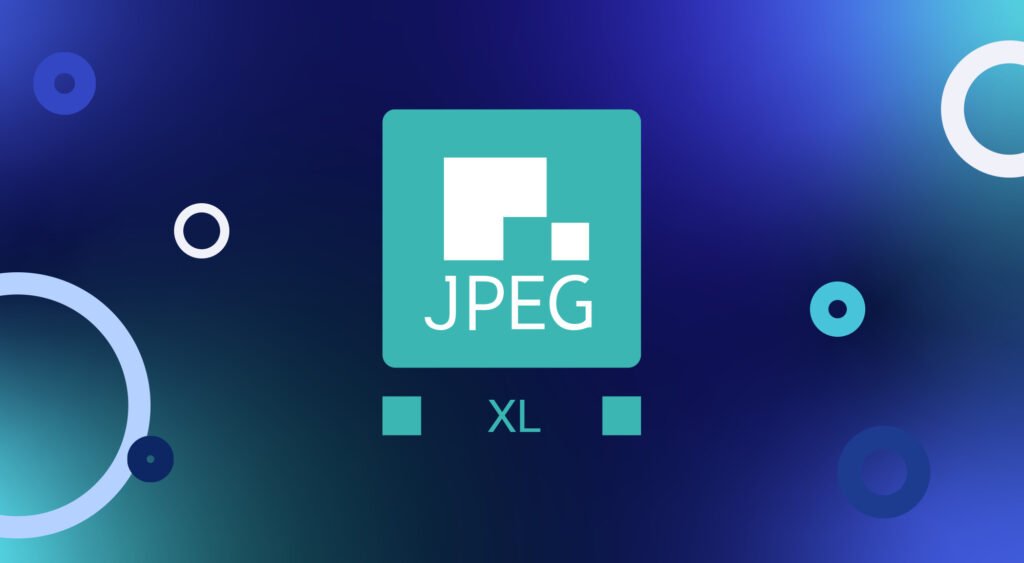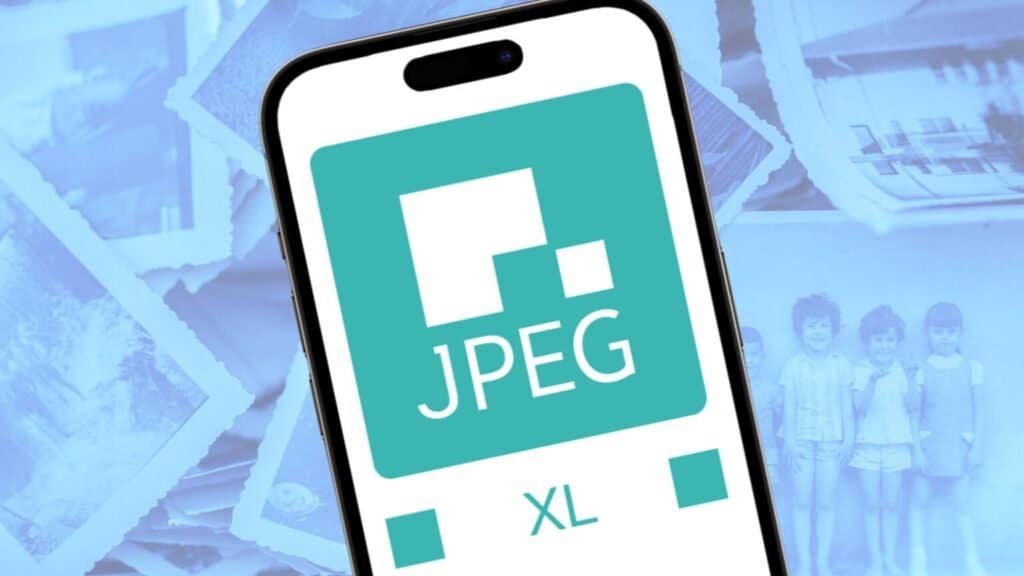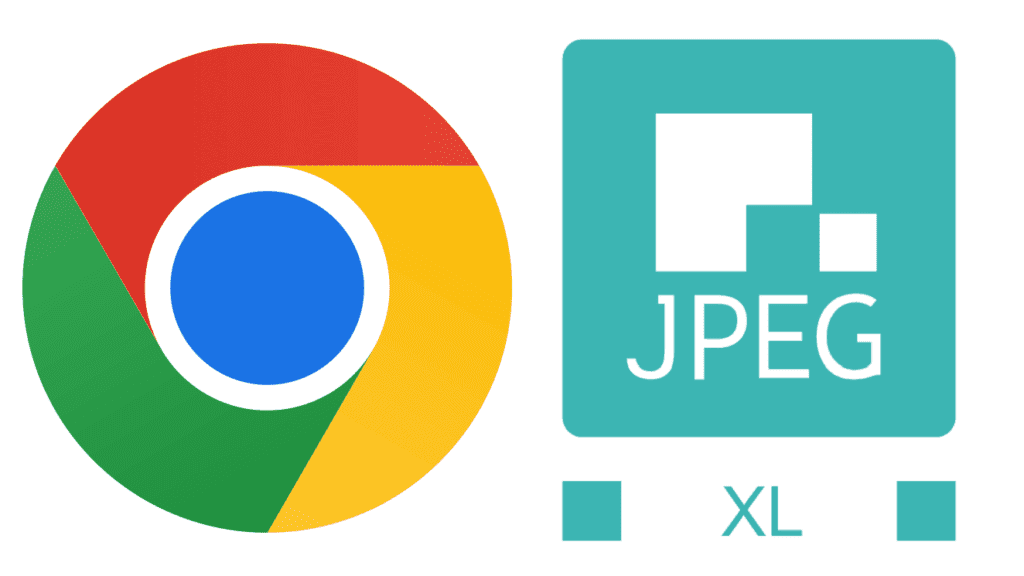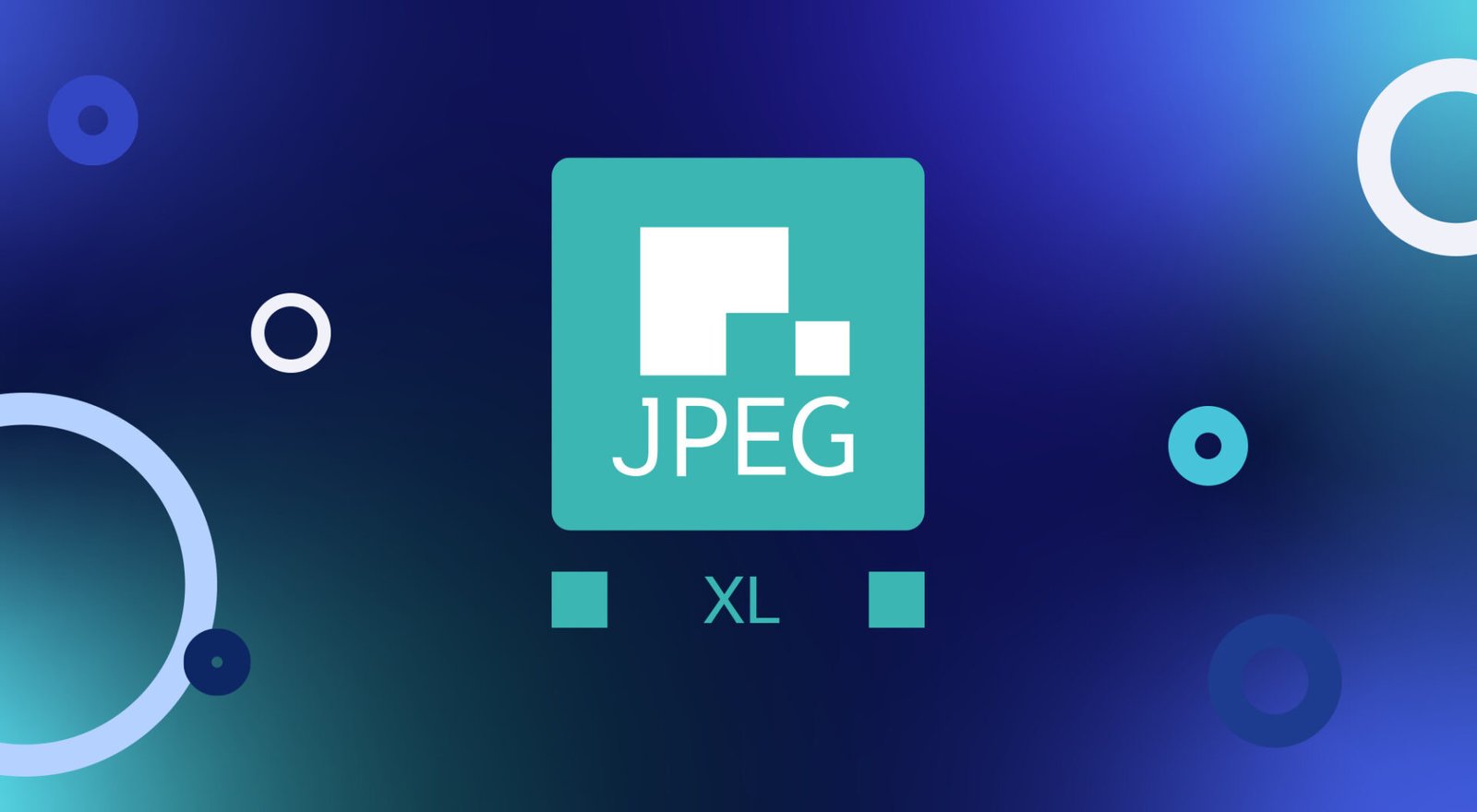The internet has always been about delivering content as quickly and efficiently as possible. A significant part of that experience revolves around image formats, which have a massive impact on loading times and image quality.

Today, popular image formats such as JPEG, PNG, and WebP dominate the web. However, there’s a new contender called JPEG XL (JXL), which promises to revolutionize image compression and quality. With Apple’s iPhone 16 Pro/Max supporting JPEG XL, this format could soon become the industry standard. Let’s explore what JPEG XL is and how it compares to other formats.
What is JPEG XL?
JPEG XL is a next-generation image format designed to improve compression efficiency while maintaining or even enhancing image quality. It is based on Google’s PIK and Cloudinary’s FUIF image formats and was developed with a focus on both lossless and lossy compression.
JPEG XL offers significantly smaller file sizes than older formats like JPEG, PNG, and WebP, while still retaining image quality. According to its developers, JPEG XL can achieve up to 60% smaller file sizes compared to traditional JPEGs, and 35% smaller sizes compared to PNGs. Notably, it supports transparency and offers better color depth, making it ideal for professional photography, web use, and even graphic design.
JPEG XL vs. Other Formats
JPEG XL vs. JPEG
JPEG has been the standard image format for decades, known for its efficient lossy compression. However, JPEG XL outshines it by offering 20-30% smaller file sizes while maintaining the same or better image quality.

Unlike JPEG, which often introduces compression artifacts, JPEG XL retains details better and handles artifacts more efficiently. JPEG XL also supports both lossy and lossless compression, making it more versatile for different use cases.
JPEG XL vs. PNG
PNG is a go-to format for lossless image compression, especially for graphics that require transparency. While PNGs are great for retaining image quality, they tend to produce large file sizes.
JPEG XL offers lossless compression but with up to 50% smaller file sizes than PNGs, making it more suitable for internet use. Furthermore, JPEG XL supports 32-bit color depth, compared to PNG’s 16-bit, offering richer and more vibrant colors.
JPEG XL vs. WebP
WebP has gained popularity for its excellent lossy compression without much loss in quality. Both JPEG XL and WebP provide efficient compression, but JPEG XL offers better color depth and wider support for transparency.

WebP, however, is slightly faster in encoding and decoding, which may make it preferable in situations where speed is crucial. Despite this, JPEG XL’s higher compression efficiency gives it an edge for long-term use.
Adoption and Future of JPEG XL
While JPEG XL offers numerous benefits, it has yet to be fully adopted across all platforms. Apple has taken the lead by integrating JPEG XL into its latest devices and software, but Google has been hesitant.
Chrome briefly supported JPEG XL but removed it in 2022, slowing down the format’s adoption. Despite this, JPEG XL remains supported on browsers like Safari and software like GIMP, Krita, and Adobe Lightroom.
The lack of patent restrictions on JPEG XL makes it an attractive option for developers and businesses, meaning that its adoption could eventually grow as more platforms recognize its advantages. Social media platforms, in particular, may find its improved color depth and file size reductions appealing for delivering high-quality images efficiently.

Conclusion: JPEG XL’s Potential
JPEG XL is shaping up to be a versatile, high-quality image format that surpasses existing standards in many areas, including compression efficiency, color depth, and transparency support.
Although its adoption is still in its early stages, with growing support from companies like Apple and creative tools, JPEG XL could soon replace older formats across the web and social media. In short, JPEG XL is a promising format that combines the best features of its predecessors while pushing the boundaries of what’s possible with image compression.
Also Read: EA Confirms ‘Life and Death’ Expansion Pack for The Sims 4


